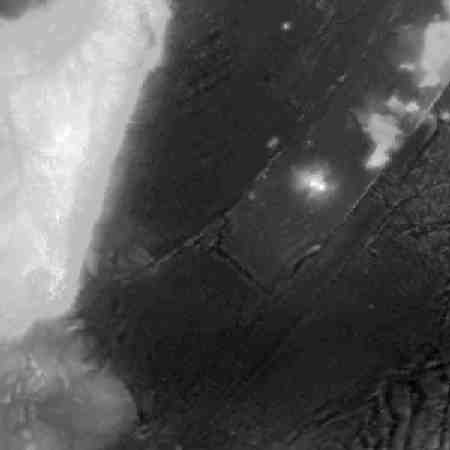import javax.media.jai.JAI;
import javax.media.jai.ImageLayout;
import java.awt.RenderingHints;
import java.awt.image.DataBuffer;
import java.awt.image.IndexColorModel;
import java.awt.image.renderable.ParameterBlock;
// Omitting class and method declaration...
/*
* Prepare the indexed color model. Arrays
* R, G and B should contains 256 RGB values.
*/
final byte[] R=...
final byte[] G=...
final byte[] B=...
final IndexColorModel colors = new IndexColorModel(8, 256, R,G,B);
final ImageLayout layout = new ImageLayout().setColorModel(colorModel);
final RenderingHints hints = new RenderingHints(JAI.KEY_IMAGE_LAYOUT, layout);
/*
* Rescale the image. First, all pixels values are transformed using
* the equation pi=CO+C1*p. Then, type float is clamp to type byte and
* the new index color model is set. Displaying such an image should
* be much faster.
*/
final double C0 = ...
final double C1 = ...
image = JAI.create("Rescale", new ParameterBlock().addSource(image).add(new double[]{C1}).add(new double[]{C0}));
image = JAI.create("Format", new ParameterBlock().addSource(image).add(DataBuffer.TYPE_BYTE), hints);
|
